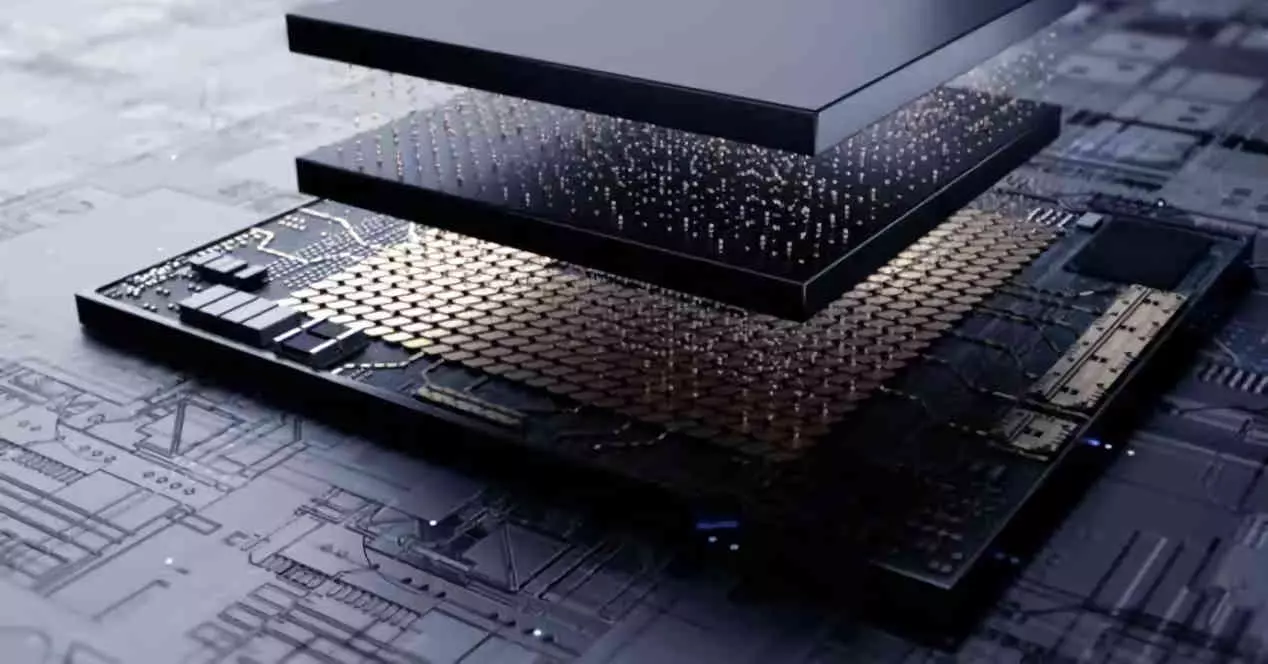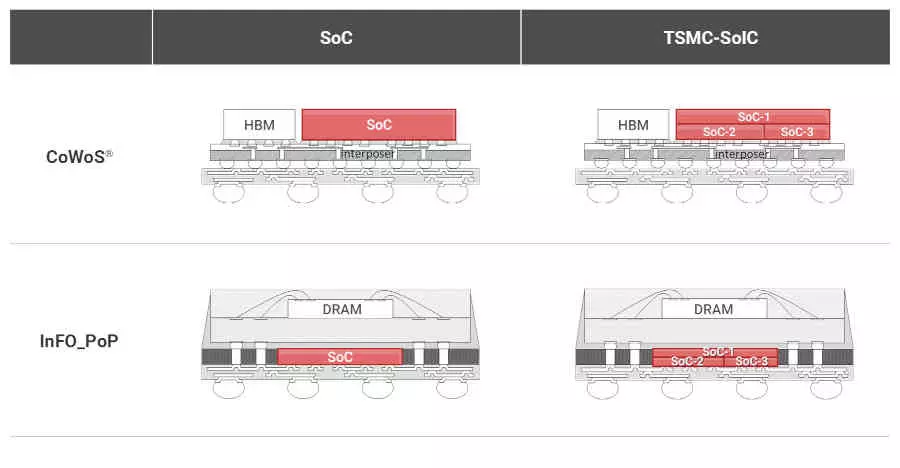
One of the problems that exist with a view to scaling future GPUs is the fact that they are getting bigger and bigger and to reach certain performance levels it is necessary to exceed the limits of the grid that can be achieved by manufacturing the GPU on a single chip. , hence the future is in the form of chiplets and they are already in finished designs and suddenly their launch in the HPC market as is the case of the AMD Instinct MI200 wave Intel Ponte Vecchio.
Well, NVIDIA has published a patent where it goes further, since instead of promoting a graphics processor divided into several interconnected chips to function as a joint block, in this case said division is maintained, but we talk about that these are found vertically interconnected making pathways through silicon, so we can say that NVIDIA has patented a 3DIC GPU.
What does the NVIDIA 3DIC GPU patent say?
Under the title FACE-TO-FACE DIES WITH ENHANCED POWER DELIVERY USING EXTENDED TSVS is the NVIDIA patent in which they speak of a multiple GPU composed of two chips, which are connected one on top of the other, but are placed in such a way that the one that would be in the base would be placed face up, while that his partner is in the reverse position and therefore face down.
Most secure to connect the latest level caches of both graphics chips. The reason is that the LLC is crucial so that both GPUs can not only work together as one without problems of latency in their communication and internal bandwidth, but also to ensure that they can share a common VRAM pool.
The interconnection on the 3DIC GPU would be done making use of the pathways through silicon, which vertically cross the structure of both chips to communicate with each other. So we are talking about a structure very similar to the Intel Foveros and since NVIDIA is a company that does not manufacture chips then they have to pull a third party and the possibilities for the moment are limited to TSMC since Samsung has not developed a method 3DIC.
As a final point we must bear in mind that the fact of placing two processors so close to each other ends up producing thermal drowning problems, so despite the fact that a 3DIC dual GPU is a way to double the number of units compared to a conventional design with a single chip. The proximity of the processors means that you have to choose to lower the clock speed in order to reduce the temperature and consumption.





